History of Lederhosen
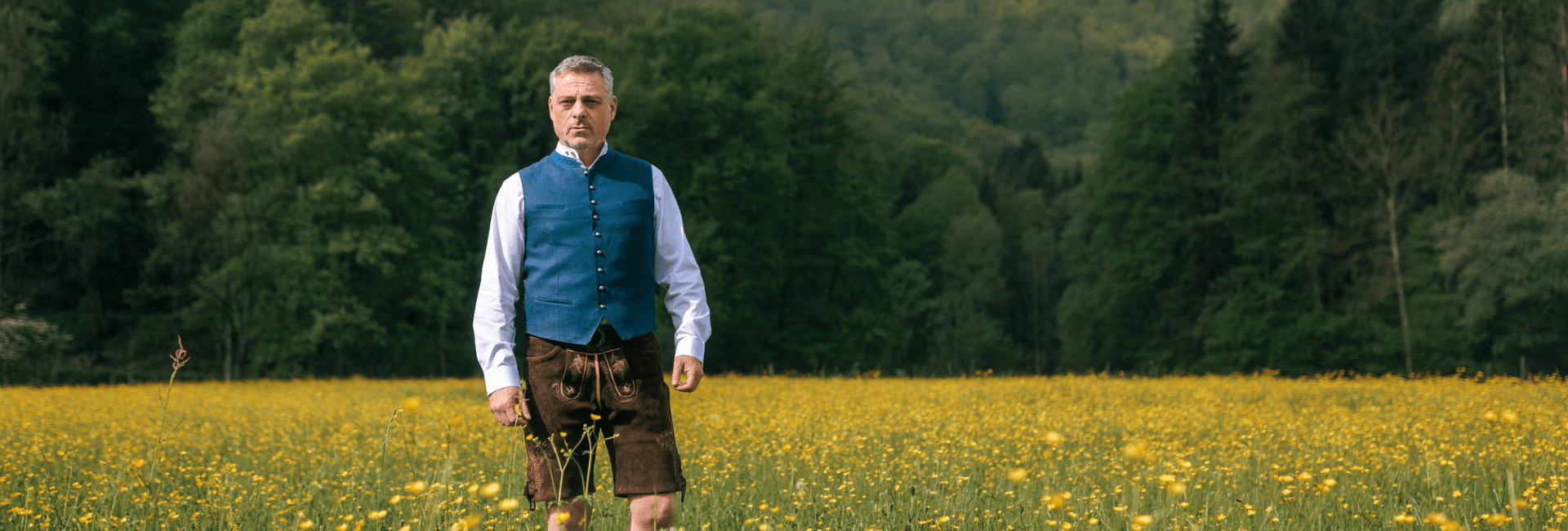
Get a $10 store credit for your first order
History of lederhosen is rich and interesting. Lederhosen are one of the most highly recognized symbols of German and Bavarian culture across the globe. Even caricature representations of Germans are often in Lederhosen. Alongside beer and pretzels, they have become shining emblems of Bavaria, its people, and their celebrations. People do not realize that the pants have a history of centuries that did not associate with partying.

The origins of Lederhosen are a bit hazy. Still, they were a staple of peasant clothing by the 18th century. Their durability was a huge advantage for the peasantry. People make lederhosen with turdy materials. So it was easy and utilitarian choice that would last for a long time during their grueling working days. Leather pants seem to have been commonplace in much of Europe.
However, the French considered the traditional Lederhosen with a flap in the front “Bavarian Style.” This shows that they were a unique piece of clothing worn in Southern Germany three hundred years ago. During this period, the nobility adopted peasant culture and created their own, more luxurious and decorated versions of the Lederhosen.
During the first half of the 19th century, the popularity of Lederhosen began to wane. Many factors led to this, including a movement away from the clothing of lower-class people amongst the nobility. The royals no longer found a connection to their subjects and their lifestyles as important. They once distanced themselves from the people, focusing on building their own separate high culture. Around the same time, blue jeans showed up. The new pants caught on quickly and began to replace lederhosen.
Recovery of Lederhosen History
Lederhosen history recovered by the end of the century. Nostalgia got the best of the Bavarian people. Lederhosen became the centerpiece of any outfit worn for festive occasions that reflected the region’s history. In the 1880s, several groups focused on preserving traditional Bavarian culture began popping up across Southern Germany, especially in Munich. This saw a resurgence in Lederhosen, but they began to take on a different role in Bavarian culture. People no longer used lederhosen for their durability as work clothes. Instead, it became a celebratory outfit that called upon Bavaria's long and rich history.
More lavish and artistically fashioned Lederhosen were for to fests, weddings, and other parties. This resurgence caught on like wildfire, and Lederhosen once again quickly became a staple in German culture. As a result, most modern-day views on Lederhosen come from this period. Especially their usage and how they are crafted, with an emphasis on special designs and style.

Modern Lederhosen
Today, the position of modern Lederhosen as a festival attire is stronger than ever. One trip to a major celebration such as the Oktoberfest in Munich or any other smaller beer fest in Germany reveals many partiers donning various iterations of the loved pants.

For example, lederhosen are donned by tourists and locals when attending the Oktoberfest. Some of them shell out upwards of one thousand dollars for their pants. Additionally, it is crucual to know how to properly wear their lederhosen.
If you plan on attending a traditional Bavarian celebration see our guide to all major Oktoberfests happening across the US. you cannot go wrong choosing to go in Lederhosen. Authentic way of dressing will be connect you with other festival-goers and tradition of the history of Lederhosen. Also, it looks better on your Instagram.
Here at Bavaria Trachten we offer a great quality traditional Lederhosen. Our lederhosen only looks great on the first wear but continues to look great for years to come. They are built to last and are an affordable choice for any budget. The only thing left for you to do put them on and go out and celebrate like a German.
Popular Posts
Products mentioned on this page:
Get a $10 store credit for your first order
Products mentioned on this page:


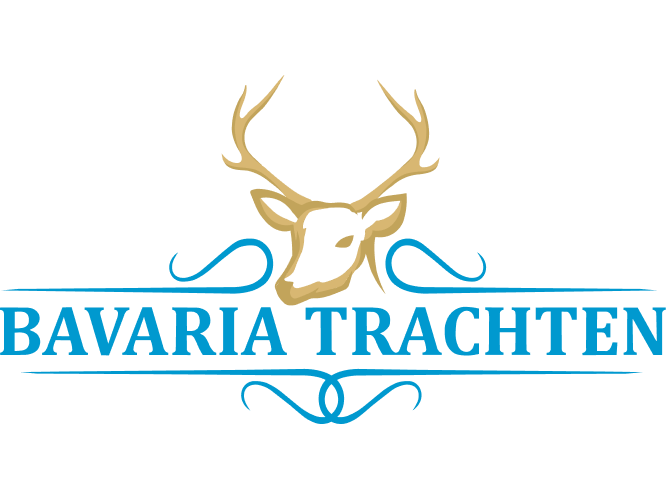


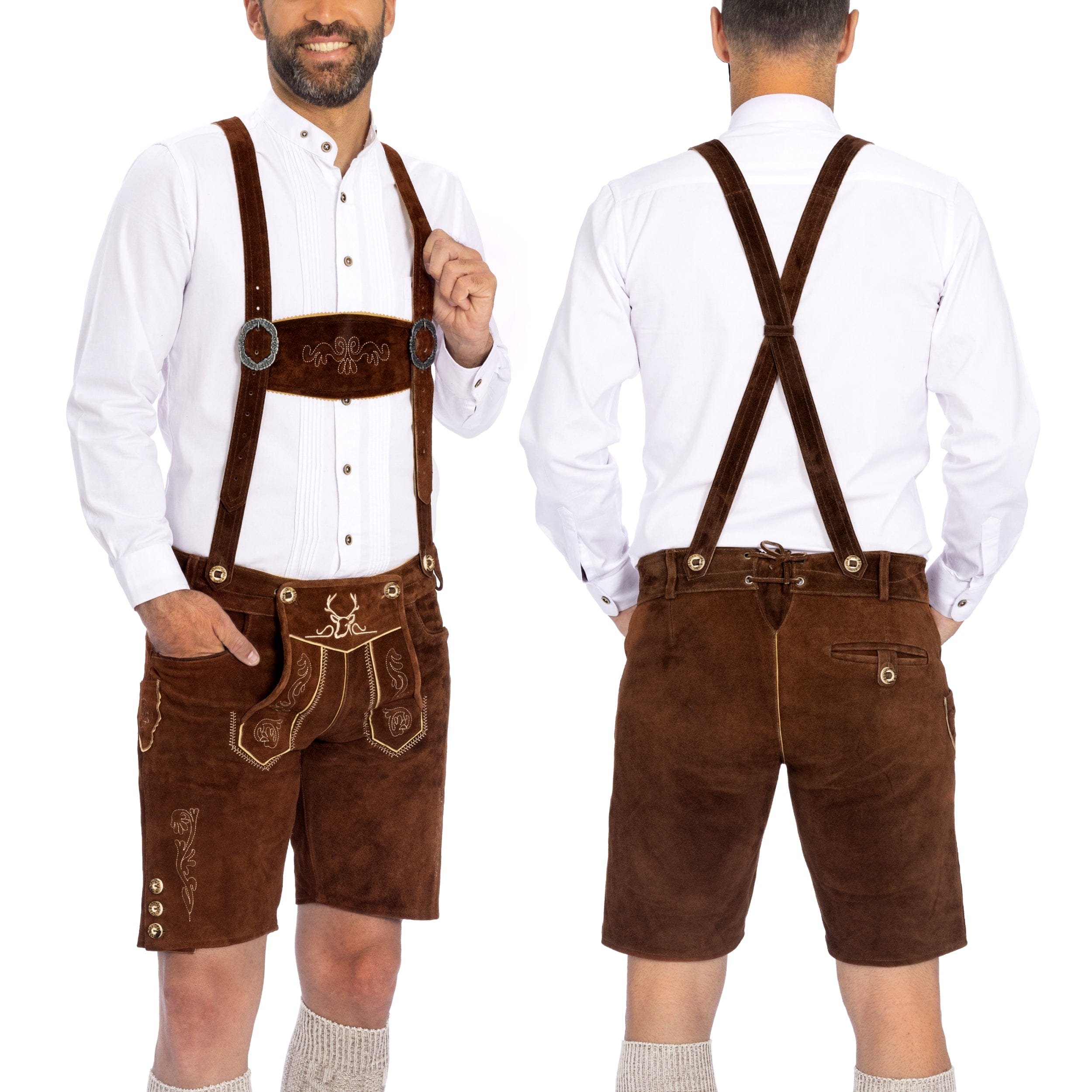
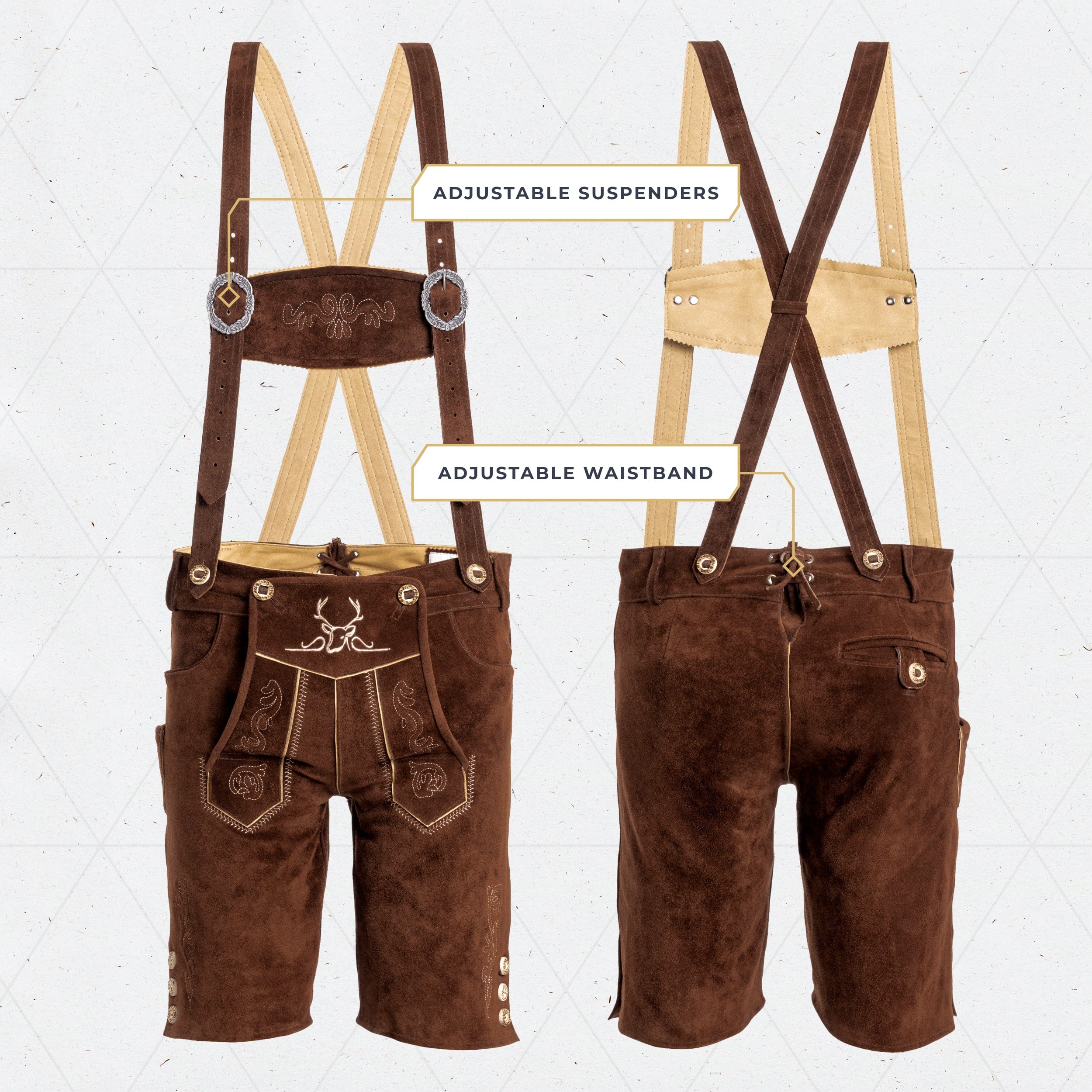
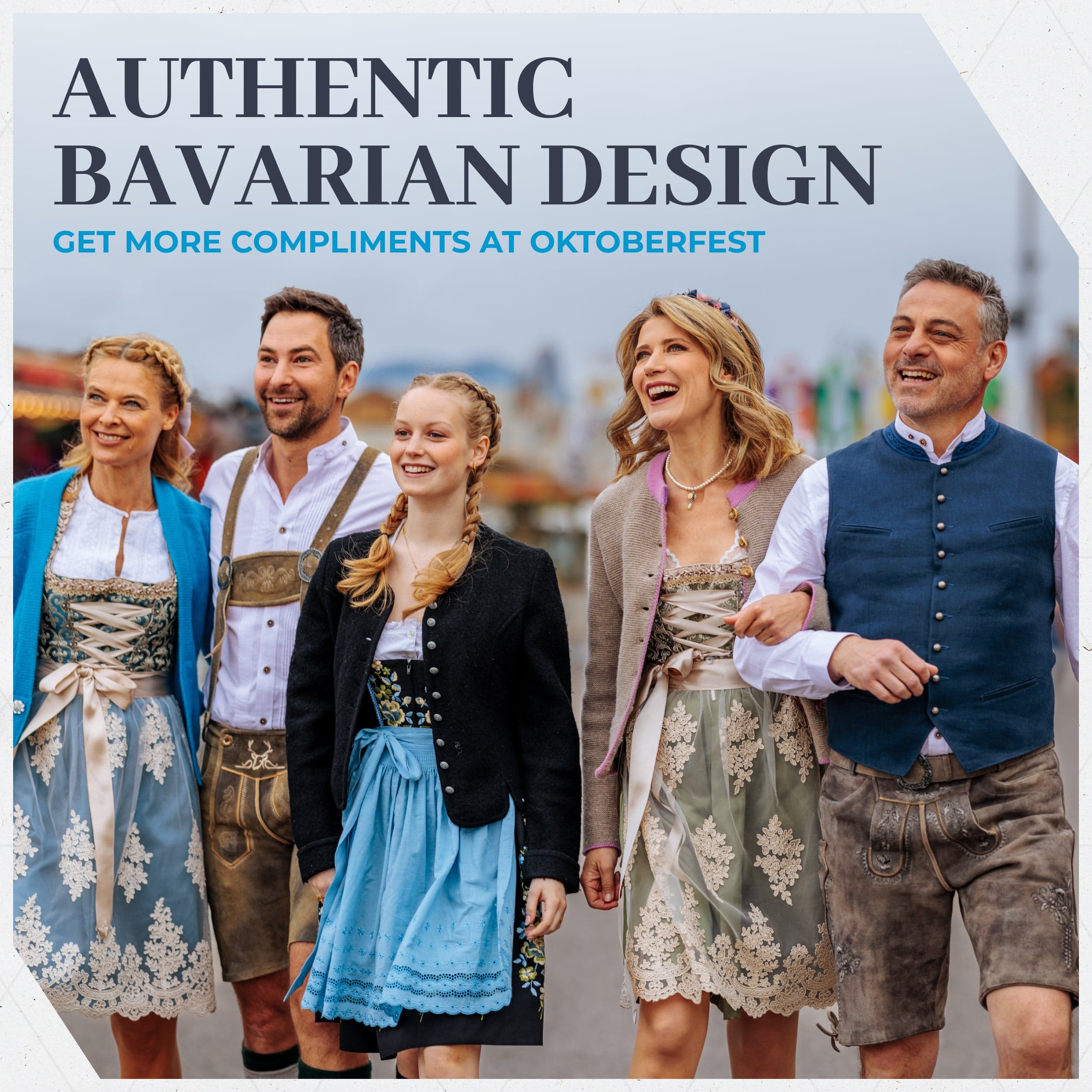
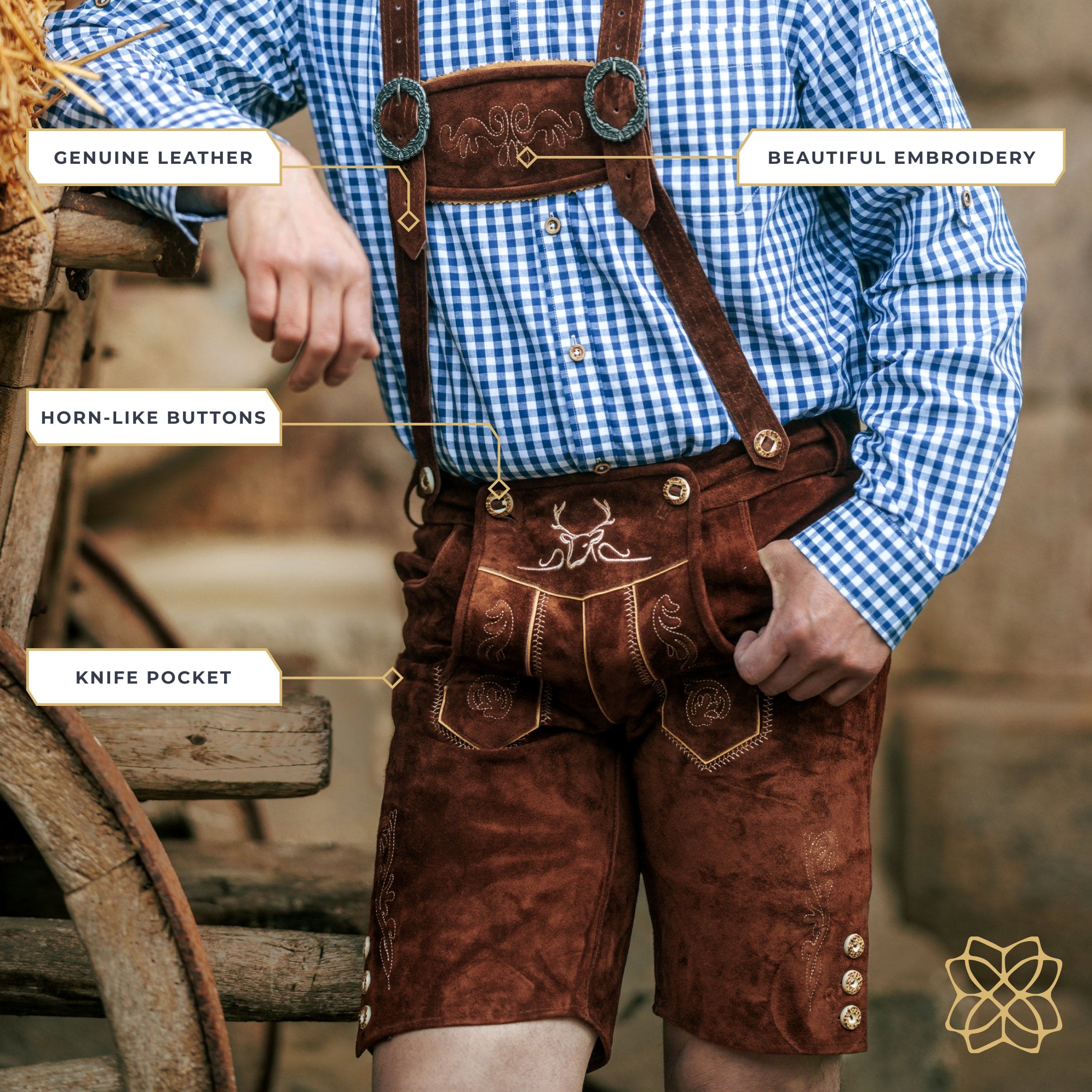
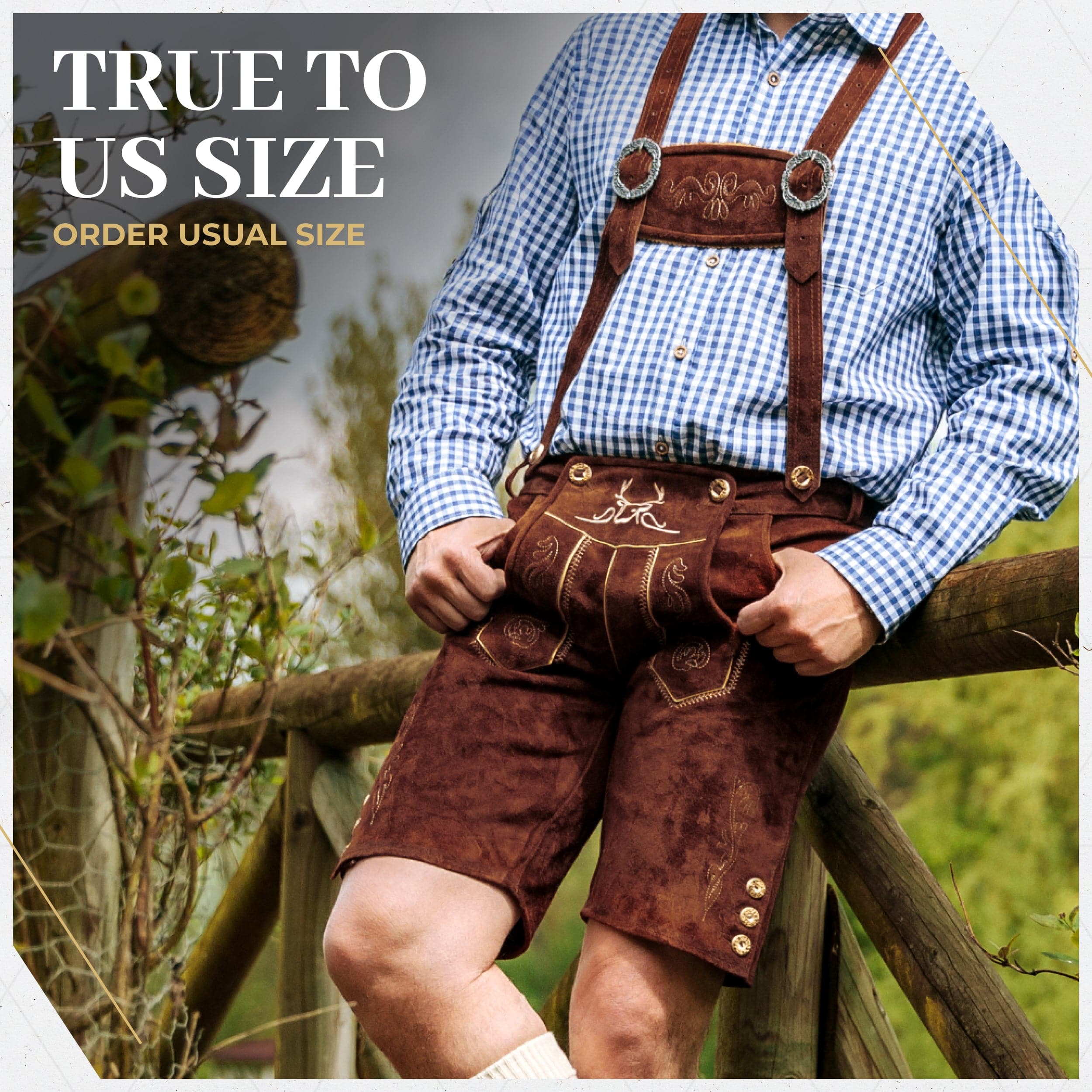
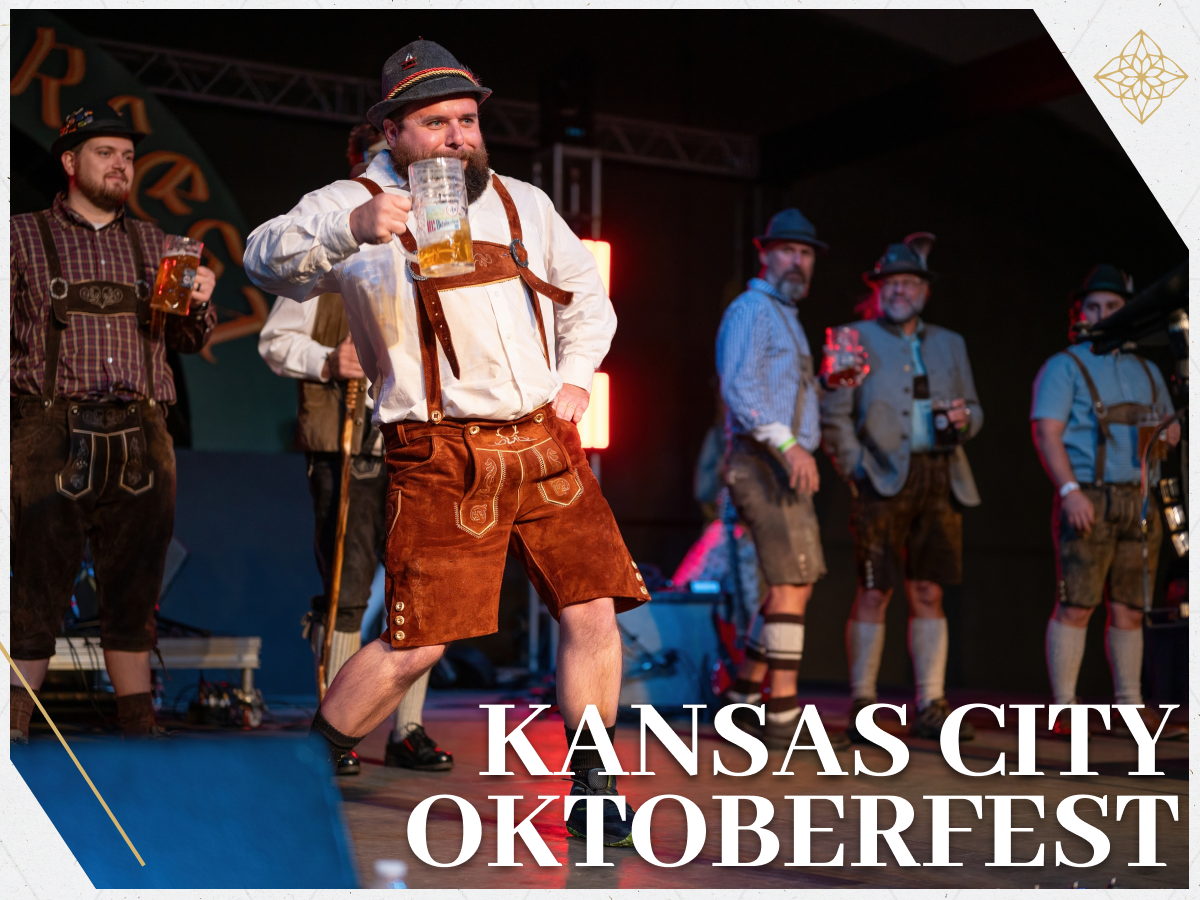
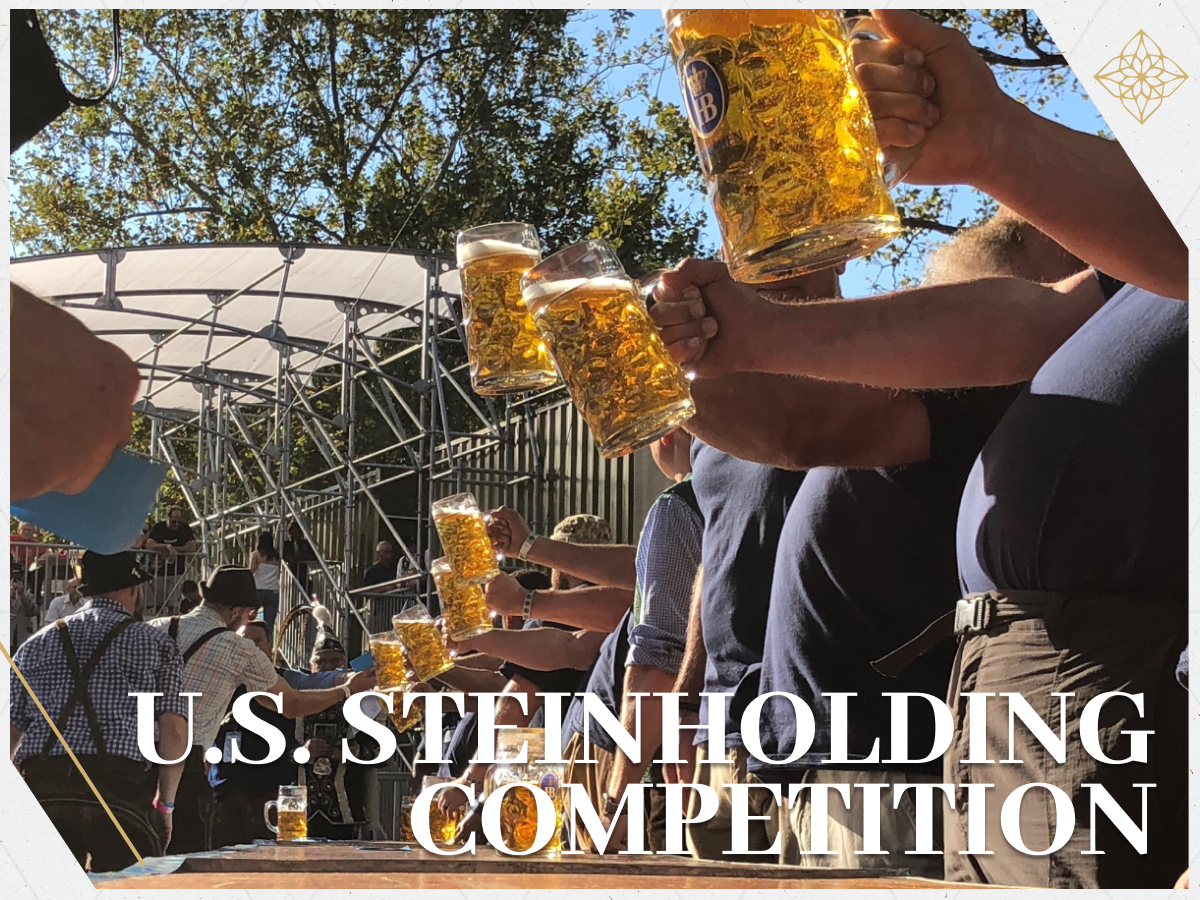

Leave a comment